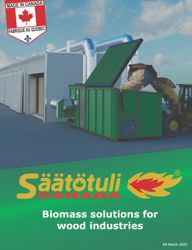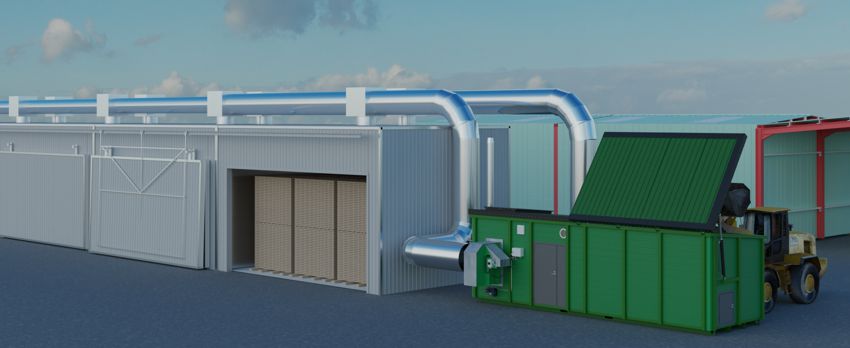
Kiln dryers
The kiln dryer is a must-have tool for any sawmill willing to efficiently produce lumber. Wood is a living material that may change dimension depending on its moisture content. If the wood is not dried in a controlled manner after sawing, in many cases cracks or twists will appear. Lumber can be air dried, but it is a process that will take several weeks or even months depending on the size and type of the lumber. Dry kilns will help sawmills to dry lumber in an efficient and cost-effective manner. Kiln dryers can also be used to dry firewood.
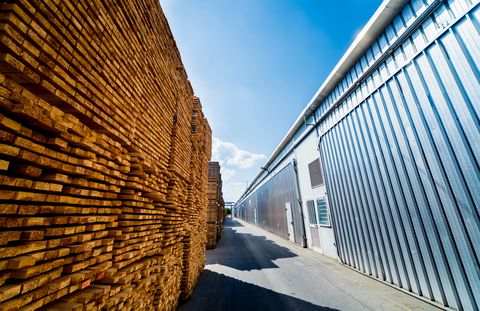
Several manufacturers of kiln dryers can be found on the market with different types of dry kilns with more or less automation in the process. Regardless of the manufacturer, the principle of a kiln dryer remains most of the time the same: large quantities of hot air are blown against the wood in the most homogeneous way possible. The hot air will capture the moisture from the lumber and get it out in the atmosphere in the form of steam. The know-how of kiln manufacturers resides in their ability to control that airflow on the whole batch of wood. Depending on the wood species, different airflows and temperatures will be required during the drying cycle.
Thermal energy for lumber drying
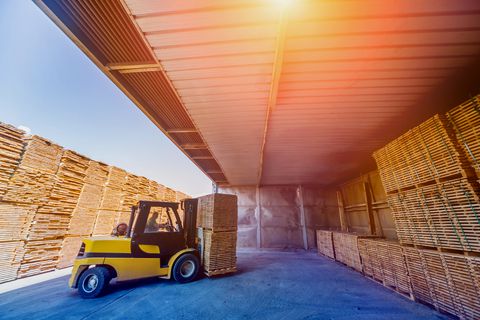
The most important operating cost of a kiln dryer is the thermal energy, meaning the heat used to generate the hot air. Most used hot air sources are based on propane, natural gas, electricity, oil and biomass.
Using biomass as thermal energy source on kiln dryers
Even if biomass is a widely available resource for any sawmill, traditionally the use of biomass as an energy source is limited to the biggest sawmills because of the high capital cost of the equipment. This is based on the misconception that only a huge factory can raise the funds needed for a huge biomass boiler capable of using bark and other residues.
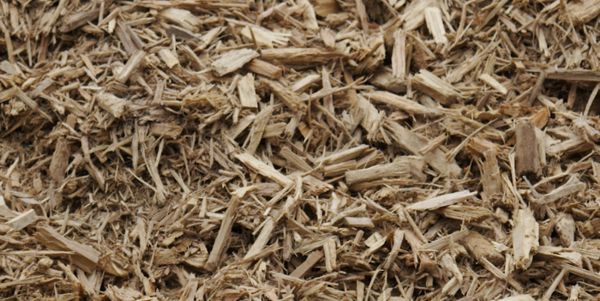
Smaller biomass combustion equipment like Säätötuli’s boilers and furnaces can indeed use sawmill residuals like bark and surface boards. The only limitation compared to bigger units will be that the moisture content of the fuel should not exceed 35%. This technical limitation is due to the fact that above that moisture content, the fuel may freeze in the silo and will not be processed by the conveyors and augers. The moisture content of the fuel can be easily controlled either by mixing residue streams or with a basic woodchip dryer.
Total vs partial biomass conversion
The investment in a biomass heating equipment, even a smaller one, still remains a big investment for a small sawmill. For this reason, it is important to analyze the drying cycle of the kiln dryer to determine whether the biomass conversion should be total or partial.
Let’s work on the example of the dry kiln studied by Yves Fortin of the Centre de Recherche sur les Matériaux Renouvelables and Dany Fortin of the École de Foresterie et de Technologie du Bois Duchesnay that can be downloaded at this address (French only):
http://cifq.com/documents/file/Documentation/Conf%c3%a9rences%20et%20pr%c3%a9sentations/S%c3%a9chage%202015/01-besoins-energetiques-vs-caracteristiques-du-bois-dnormand-yfortin.pdf
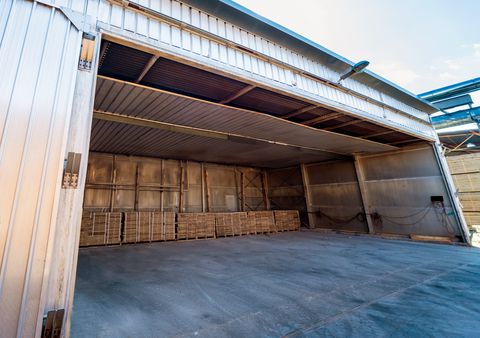
On that example, the kiln dryer is producing lumber from black spruce and has an energy need of 3000kW. Replacing the current heating system on that dryer with a 3000kW boiler would require a budget above 3 million dollars. Even with the available subsidies, converting from fossil fuels to a renewable biomass energy will remain an extremely high investment.
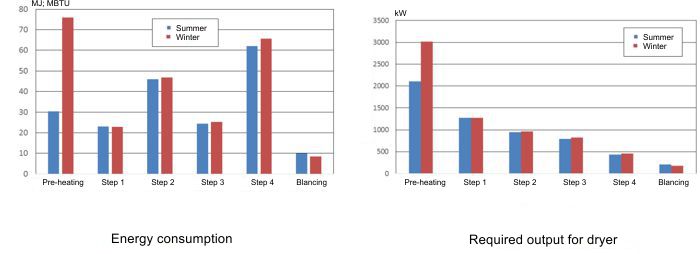
But if you combine the energy requirement and the total use of heat of the different drying cycles, a different pathway emerges. With a partial conversion of the drying kiln to biomass, it is possible to obtain large savings on fuel and to limit the CAPEX.
If for example the dry kiln is equipped with a 1000kW biomass boiler and a 2000kW auxiliary boiler using fossil fuels, the investment would be about 1.5 million dollars, meaning the half of the cost of a full conversion. If the existing boiler on the dryer is in good shape, it could remain as the auxiliary boiler, reducing that investment of another 10%.
In that scenario, the 1000kW boiler would provide in winter:
– 33% of the heat output during the preheating phase.
– 80% of the heat output during step 1.
– 100% of the heat output the rest of the cycle.
This means that by converting only one third of the required maximum output of the dry kiln to biomass, biomass would be used for:
– 77% of the total energy need in winter.
– 89% of the total energy need in summer.
As biomass is almost a free resource for a sawmill using its own residues, that would cut the energy bill of the drying kiln of almost 80% for half of the investment to cut it in full.
Biomass systems for drying kiln conversion
To convert a drying kiln to biomass, there is basically three types of biomass boilers available:
Hot-air systems like Säätötuli’s biomass hot-air generator

In that case, the biomass system will simply preheat the air going into the dry kiln. Conversion is extremely easy as it only requires building a channel to send the hot air from the generator to the dry kiln. The biomass hot-air system can be controlled either manually, either connected by ModBus to the control system of the dry kiln to provide the on/off and output level controls.
Hot-water systems like Säätötuli’s skid-mounted boilers
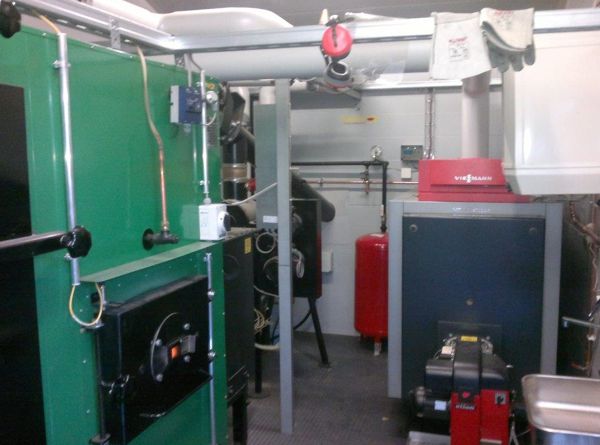
This is easy to implement if the dryer is already equipped with a hot-water boiler. The biomass boiler would only need to be added to the existing heating loop. If the dry kiln operates with direct flame, the conversion with a hot-water boiler will require adding coils inside the dryer.
Thermal-oil solutions

Thermal oil replaces water in drying kilns where elevated temperatures are required. The conversion and operating is quite the same as for a hot-water system.

